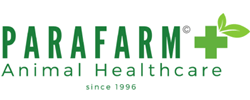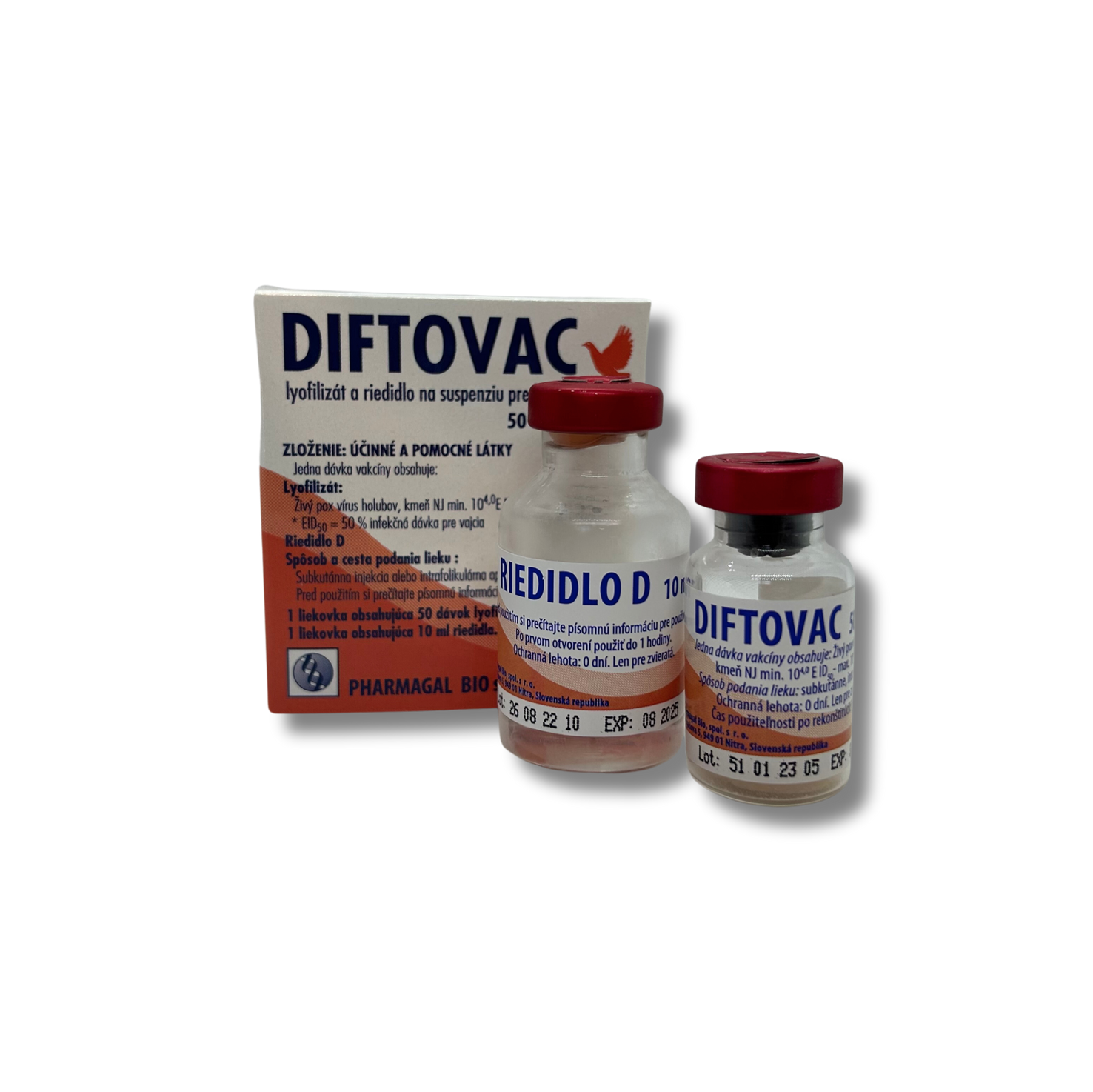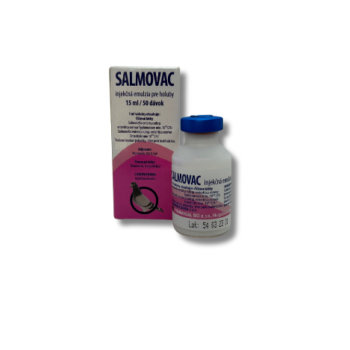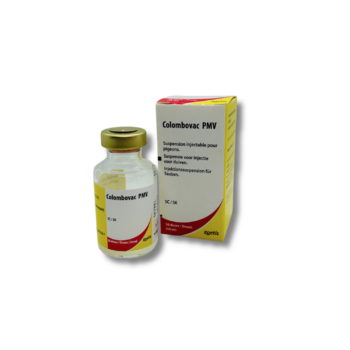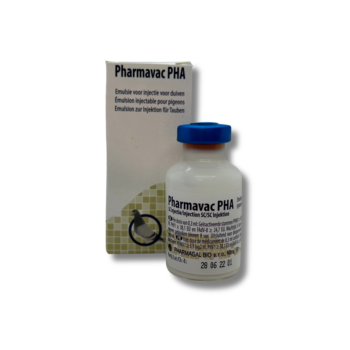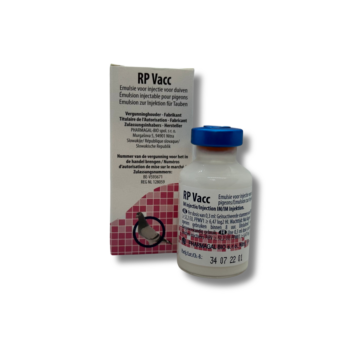Pharmagal Bio Diftovac
€ 39,50
Live attenuated pigeon pox virus, strain NJ.
For active immunisation of pigeons agains pigeon pox to reduce clinical signs and lesions linked to pigeon pox virus infection.
Packaging:
1 vial of 50 doses and
1 vial of 10 ml solvent
Out of stock
Diftovac
Lyophilisate and diluent for suspension for pigeons
Active substance:
Live attenuated pigeon pox virus, strain NJ
Indications:
For active immunisation of pigeons against pigeon pox to reduce clinical signs and lesions linked to pigeon pox virus infection
Onset of immunity: at the latest 21 days after vaccination as demonstrated by challenge
Duration of immunity: at the minimum 9 months
Dosage and method of administration:
Reconstitute the freeze-dried product in diluent aseptically just prior to use.
Devices used for the reconstitution of the vaccine and for application should be sterile and free from any residues of chemical disinfectant.
Dilution for feather-follicle administration:
Vaccine with the content of 50 doses is diluted in 5 ml of Diluent D
Vaccine with the content of 100 doses is diluted in 10 ml of Diluent D
After plucking 10-15 feathers from the medial side of the leg, the vaccine is brushed into the uncovered follicles, Vaccine dose for each animal is 0,1 ml.
Avoid bleeding from uncovered follicles – it could lead to strong local reaction.
Apply on clean and dry skin.
Do not disinfect the skin before feather-follicle administration.
Dilution for subcutaneous administration (recommended) :
Vaccine with the content of 50 doses is diluted in 10 ml of Diluent D
Vaccine with the content of 100 doses is diluted in 20 ml of Diluent D
One dose for subcutaneous vaccination is 0,2 ml, it is recommended to localise the site of administration into the area of neck.
Keep the common aseptic conditions.
Use only sterile syringes and needles.
Shake well before and occasionally during administration.
Vaccination scheme:
Primary vaccination: from the at the age of 4 weeks
Revaccination: in the endangered breeding: every 9 months
In breeding where the risk of disease is low, annual revaccination is sufficient.
| Classificatie | UDD |
|---|
